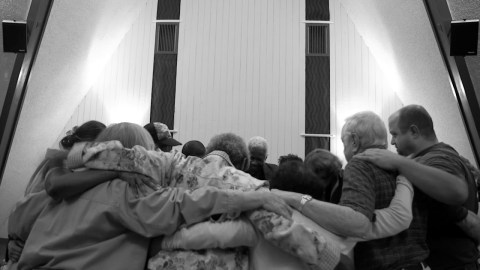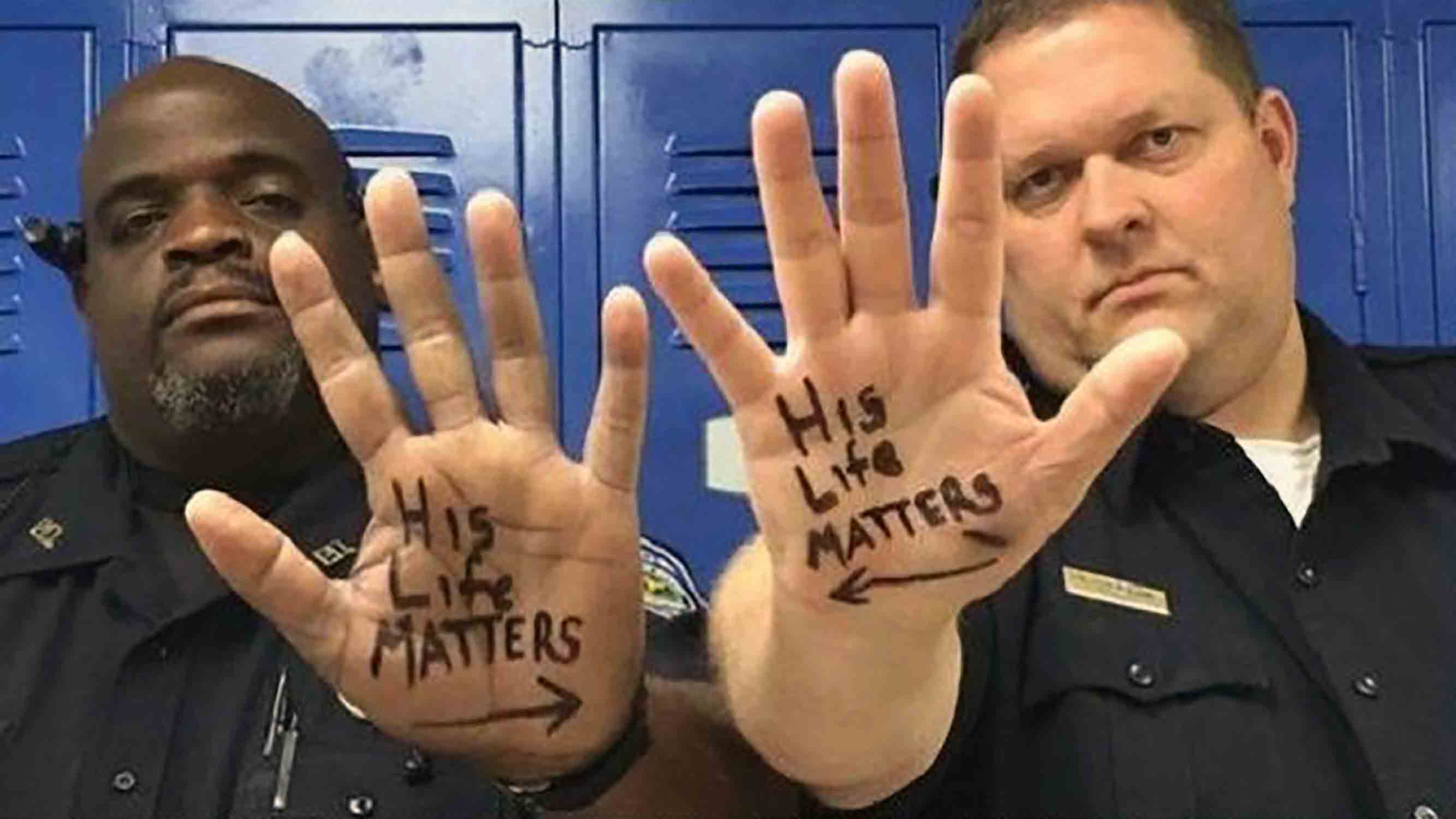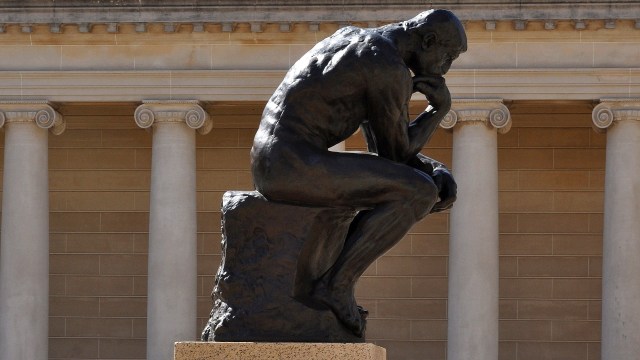Racism is a Disease That Everyone Suffers From, Says ‘Racists Anonymous’

“I’m Mary Ruth, and I’m a racist.”
So begins a Racists Anonymous meeting at the Congregational Church in Sunnyvale, California. Ron Buford, the pastor of the church, started the program with a simple idea: What if we started treating racism like a disease that everyone suffers from, instead of a moral failure?
“Once you accept the fact that we’re all racists, it’s just varying degrees,” Buford told Mother Jones. “In our culture, it’s impossible not to be a racist to some degree.”
The program mirrors Alcoholics Anonymous in form and approach. Members voluntarily attend the meetings, which are typically held in churches, and there are 12 steps. The first step is to admit that you have a problem with the statement: “I have come to admit that I am powerless over my addiction to racism in ways I am unable to recognize fully, let alone manage.”
Buford sees the program as a step forward for a divided nation.
“I don’t think we realized it was really as bad as it was,” Buford said. “We’re going to have to talk about it.”
Buford’s been trying for years to alleviate racial tensions through dialogue. As a pastor, he frequently led community discussions about race relations, but the talks often ended unproductively, with black people getting angry and white people feeling guilty. He thought there had to be a better way.
And then something happened while Buford was visiting London: He noticed that, as a black man, the waitstaff at restaurants were treating him with less condescension than he typically received in the U.S. It wasn’t that he thought Londoners weren’t prejudiced, but rather that their prejudices were focused differently.
“It was happening to people from Eastern Europe,” he said. “Once they realized I was American, it didn’t happen to me. Is there anyplace where one group of people doesn’t look down on another? I haven’t found one.”

This realization led Buford to shift his thinking on prejudice.
“Our attention to external differences is rooted in deeper anthropological things,” he said. “Focus on those kinds of external differences is really primitive behavior and no longer serves us well. We’re discarding people based on what they look like, what they believe and what they wear, instead of embracing their differences. I think race doesn’t really exist as a genetic phenomenon. All these things are part of the same phenomenon, whether it’s age, gender or wearing a headscarf. It’s all part of our excluding people. We should treat it as an infectious disease.”
Buford might be right. But logistically, Racists Anonymous seems like a hard sell to the millions of Americans who might very well admit they’re at least a bit prejudiced, but aren’t quite willing to drive to a church and say “Hi, I’m a racist” to a circle of strangers.
So how else can people go about getting rid of their prejudices? That was the question explored on a recent episode of NPR’s Invisibilia podcast:
“These kinds of unintentional biases, they’re very ordinary,” said Will Cox, a psychologist who studies prejudice at the University of Wisconsin-Madison. “They come from our ordinary learning mechanisms.”
Cox is part of a group of researchers who see racism as a bad habit, like fingernail biting or smoking. We learn racism, Cox said, like we learn most things: by repeatedly associating concepts together. This strengthens the connections between neurons in the brain.
Unfortunately, stereotypes form the same way: Each time we encounter one, the connection becomes stronger in our brains. Making matters worse, as Invisibilia cohost Alix Spiegel explained, media outlets often present racial stereotypes in ways that don’t reflect statistical reality:
“So for instance, if a crime is reported on the news, if the crime is committed by a black person, it’s actually twice as likely that they’ll show a picture of the person who committed the crime than if it was committed by a white person.”

Stereotypes are hard to combat because of how the brain learns.
“Human brains are very good at learning things and not so good at unlearning things,” Cox said.
In recent years, many organizations have turned to intervention programs to reduce prejudice in the workplace. The success of such programs is questionable, and worse, they can actually be counterproductive.
But Cox and Patricia Devine, the psychologist who developed the idea of implicit bias and racism as a habit, developed an intervention program that seems to be working. Dubbed the “Madison approach” by an article from The Atlantic, their program frames racism as a morally neutral habit, which is important because people might panic if they perceive their prejudice as a moral failure.
A few key parts of the intervention include:
Devine and Cox don’t think their approach is a “magic bullet” that will end racism. Still, it’s one of few such programs that’s getting positive results.
Check out more about Racists Anonymous and the research of Will Cox and Patricia Devine on NPR’s Invisibilia podcast below:





